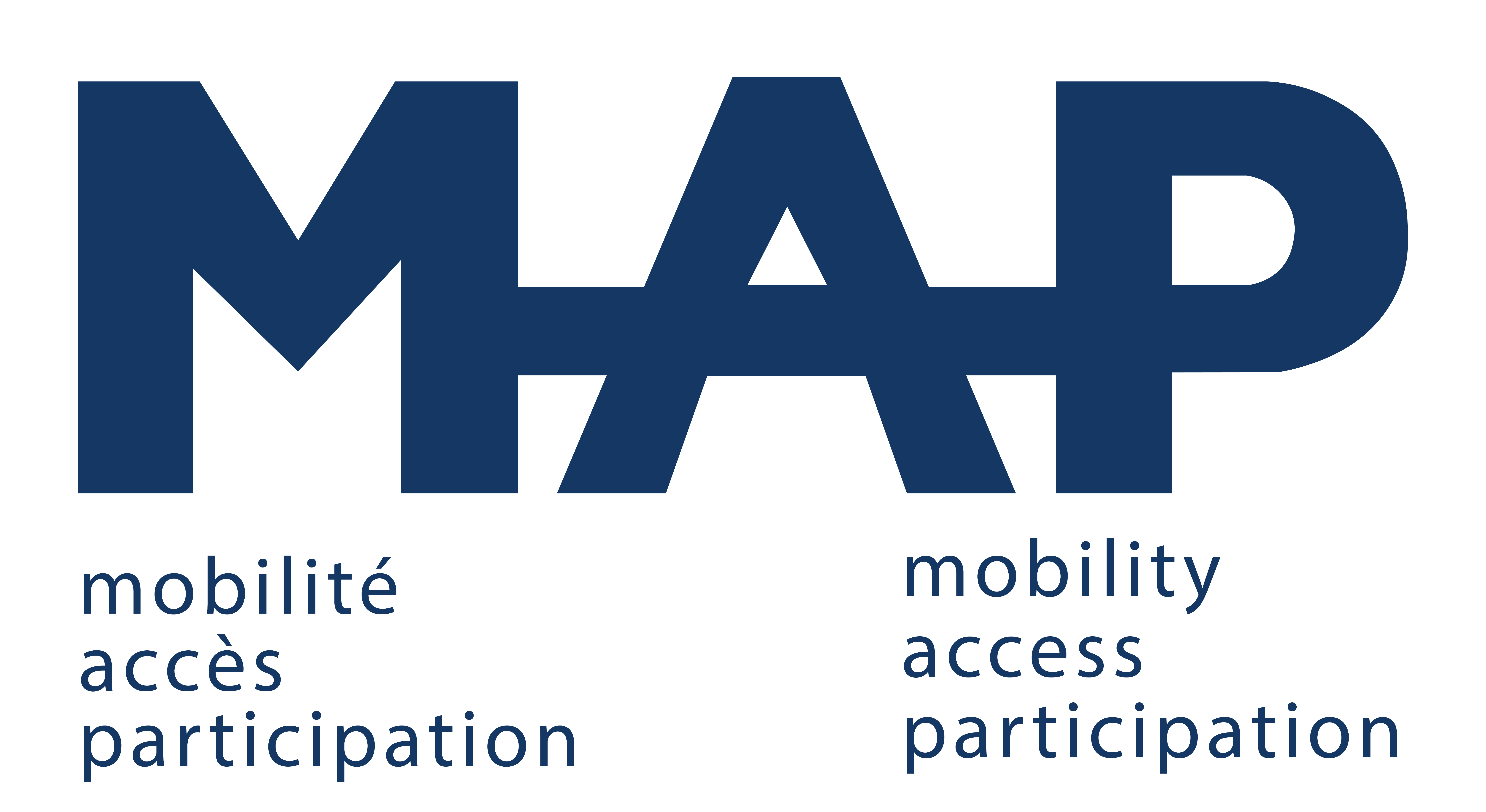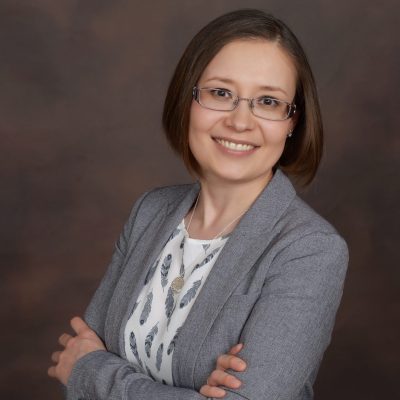Dr. Alfiya Battalova worked with member of municipal disability advisory committees to develop recommendations for effective engagement.
The study was part of the SSHRC-funded Partnership Grant titled Towards Barrier-free Communities: A Partnership for Improving Mobility, Access, and Participation (MAP) Among People with Disabilities. The research study was based on the interviews with 33 individuals (26 committee members and 6 city staff) from 14 municipalities in British Columbia. Some accessibility advisory committees are comprised of a group of neighbouring municipalities.
This list of recommendations is based on the stories shared by people who are or used to be part of the accessibility advisory committees.
Recruitment. One of the ways to improve the diversity of the committees is to re-think a recruitment strategy and include the outreach to communities that tend to be under-represented on these advisory committees.
Connection with other committees across the province. Most of the accessibility advisory committees have a similar scope of work and mandate. Establishing a working group or a committee of committees that bring together representatives from the committees can become a community of practice that can be used as a space for learning from each other and drawing on each other’s experiences. Such community of practice can be beneficial for new community members who received a formal orientation but would like to learn more about the practical aspects on being on the committee.
Institutional memory. The turnover of staff who work with the committees often results in the need to re-build relationship between the staff and the committees and bridge a potential knowledge gap on the issues of accessibility. A better system of recording the information and sharing this information with new staff is recommended to improve the flow of work on specific issues and demonstrate a city’s commitment to accessibility.
Communications. One of the key functions of the committees is to provide feedback. However, it is often unclear how this feedback is used and if it is used at all. A more robust communication loop that would inform the committee members about how their feedback was used. This reporting back mechanism can be embedded into the project management flow. A preferred way of receiving such report needs to be discussed with each committee. Some might prefer a formal report, others might be satisfied with an email.
Committee structure. Irrespective of the cities’ commitment to accessibility, the proceedings of the meetings reflect the power differences between the city staff and the committee members.
Committees with members with disabilities chairing the meetings had more control over the meeting agendas and the overall meeting environment. They also shared more stories of success compared to the committees chaired by the city staff.
Honorarium. The meeting frequency varies across different committees. Committees that meet as often as once a month or even more depending on the subcommittee meeting schedule spend hours doing a committee work. This may include communicating with city staff, conducting research, attending community engagement events, attending city council meetings, and doing other committee related activities that add up to many hours per month. A careful consideration needs to be held about the introduction of honorarium for committee members.
You can download a PDF version or Word version of the document.

